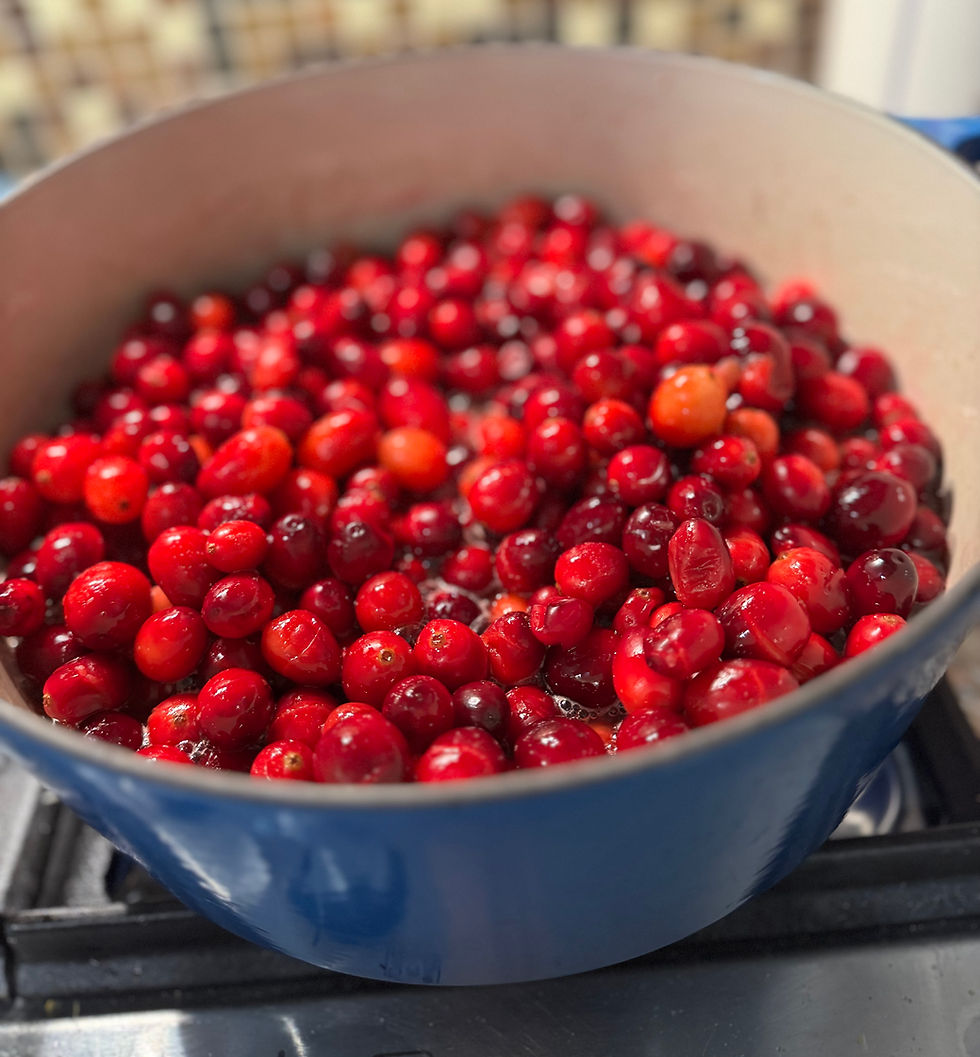Moving Bees: Our Method & Our Madness
- Nona Spillers

- May 5, 2024
- 4 min read
There are lots of reasons to move bees. The biggest is pollination. You might have seen 18 wheelers going down the highway full of bee boxes. Those are commercial beekeepers moving their colonies to work the season’s next crop.
That’s not what we do - but it’s important, because without them, many of the foods we love to eat would not exist.
When we move bees it is to manage the size of our apiaries - so that there aren’t too many bees for the forage or so we don’t crowd out native pollinators. We move swarms that land in our boxes. We move bees to start new apiaries. And sometimes we help others move bees - as with the colonies in this post - Govalle Elementary had two healthy hives that we moved to Bowie High School’s apiary.
There are a few steps to moving a colony:
Close the entrance(s) up when it is dark.
Strap the entire colony together so the boxes don’t shift
If the colonies are too large to hand carry - strap the colony to whatever moving device you will use
Secure the colonies in the moving vehicle
Make sure the new location has stands ready
If moving more than one hive - set all colonies in place before opening them
Open entrances
Step 1: Closing the Entrance
There are many ways to close an entrance. Using small mesh wire allows the colony to have ventilation. In the instance below, two wooden blocks hold the mesh in place and are screwed to the bottom board. The mesh is stapled at the top and bottom.
Be aware that bees are determined. If you simply stuff material in the entrance, they can push it out. And if you just tape the entrance shut - they will chew through.
Temperature Matters! It’s really important to pay attention to the temp inside a colony. If the colony has little to no ventilation move them at the coolest part of the day (in hot climates). If you have a long or hot move - consider adding a ventilated cover before move day, then remove the solid lid during the move.
If you have an inner cover with mesh wire over the opening, you can also move them without the top for better airflow. Likewise - don’t move a colony in extreme cold weather unless they closed up and insulated if necessary.
Did they create a back door? Always be sure to check for any secondary entrances or crevices between boxes. In this case, the bees had made a second entrance between boxes. We used tape to stop the bees from entering and exiting and then affixed a piece of mesh atop that with staples.
Step 2: Secure the Hive
Ratchet straps are an easy way to secure all boxes to their bottoms and lid. If hives are exceptionally heavy be prepared to use a crow bar to lift the hive to get the strap beneath.
We always use two straps per hive - just in case one were to come loose.
Double check your straps before you lift the box, once it’s loaded, and before you unload.
Step 3: Lifting & Moving
John built a special stretcher that fits over the top of the box and allows you to strap the hive to the stretcher. Two people can then carry the box by the handles. We use two straps to secure the box to the stretcher (in addition to the two straps holding the hive boxes together.). If the two people doing the moving are dramatically different heights it can be difficult.
If you have smooth sidewalks or pavement, a moving dolly can be used to roll the hive.
ONLY do this if the surface is smooth. The less turbulence for the bees the better.
If you have unpaved or uneven surfaces, plan to walk the hives out or to their new location. Take breaks as needed - you want to avoid dropping a hive!
When a hive is exceptionally heavy or tall…you may need to plan cribbing to help you load it.
In this instance, we used extra hive boxes to create stair steps at a manageable distance for lifting. Move the hive in small increments based on your strength.
In this instance, the hives were strapped together and strapped down to the truck bed.
Once the hives are in their new home new reverse the process. Set all hives in place BEFORE opening the entrances. The bees will be eager to get out and reset their coordinatoes to their new home - and they sometimes testy after a ride.
Here are a few questions to ask:
Where are the colonies located? Can you pull a vehicle close to them?
What does the path that you’ll use to move the hives look like? Paved? Fenced? Rocky?
How heavy are the colonies? How many boxes, how much honey?
What kind of entrance does the hive have?
What kind of ventilation does the colony have? Is there an inner cover? Does it have screen over it? Is the bottom board solid or screened?











Comments